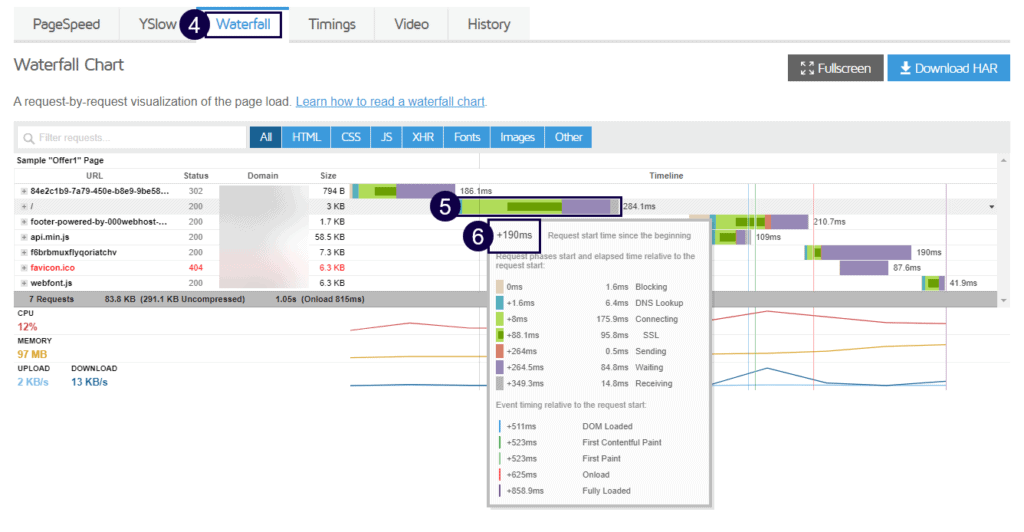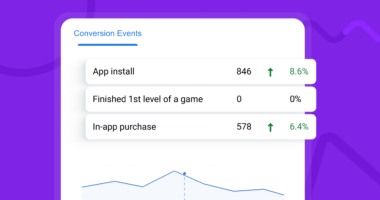Do you know the phrase ‘to put the money where the mouth is’? Yeah, we are putting the money and the reputation of our tracker with the following case study.
In short, we have not only decided to test our tracker’s redirect speed using an external tool but we also encourage everybody to do the same. Compare us with other trackers and decide for yourself where our money and reputation are.
If you are only curious about the results and you don’t care about the methodology and factors involved, here’s the TL;DR version: we came on top in most locations but not all. We will strive to improve: for our dedicated customers, but also for ourselves. Why?
Because we don’t want to be the best just for profits. We want to be the best because we aim to be the ultimate top dog.
Now you know.
Moving on.
Is redirect speed important?
To be clear, we are only talking about the redirect speed – the time from activating a campaign URL to the time when landing page starts to load.
And it is important. But not as much as you might think. The time of redirect is only a small part of the whole landing page load time. We will get back to that when analyzing test results.
If you want to know more about the subject, read our article regarding popular myths about speed in affiliate marketing.
Back to our case study.
What Elements Matter In the Redirect Speed?
There are four components of the redirect:
- DNS lookup
- SSL
- Connection
- Traffic server response time
We have control over some of them. What we can control depends on:
- Our infrastructure
- Our software
These are the differentiators that our competition may handle better or worse. Let’s look into that more closely:
The infrastructure
Minimizing the distance between a server and visitors influences the connection speed the most. Voluum has not one, not two, but seven server locations scattered around the globe. We are in every major part of the world. So there’s that.
On top of that, we pay for premium DNS service that reduces the DNS lookup time to the minimum.
The infrastructure we use is the best technology money can get. But it’s not all.
The software
The ‘mind-body problem’ for computers is the ‘hardware vs software’. Without going much into the debate we can safely say that one is useless without the other.
And boy, does our software make use of those fast servers! The traffic server response time is lightning fast but this doesn’t mean that there’s no room for improvement.
We know that our competitors face the same issues and have to solve the same problems. Some of them may even be doing this stuff better. Remember, we didn’t come up first in some GEOs. We don’t want to hide it, we want to be open about our strengths and shortcomings with you.
We want you to see our path, how we continue to develop, challenge ourselves, and get things done.
The Speed Test
We have created the cheapest or free accounts that are available for Voluum and 5 of our competitors and used the domains that came with the account.
In each tracker, we’ve created the simplest campaign possible: no custom variables, no rule-based paths. We used two redirect modes:
- 302 (a simple redirect method)
- Double-meta refresh (a redirect method that loads a part of landing page’s HTML twice before loading it fully to hide a referrer)
Our testing tool of choice was GTMetrix. We conducted a measurement in each of the 7 locations available: Vancouver, London, Sydney, Dallas, Mumbai, São Paulo, and Hong Kong. We repeated each measurement 10 times and averaged out the results for both redirect modes.
Each test measures time in milliseconds from the start of the request to a tracker till the start of a request to a landing page. This includes the execution time of all scripts (ie. time to process a part of landing page’s HTML with meta refresh within it).
Here are the results:
For 302 redirects: Voluum was the fastest in 3 locations, Bemob in 2, Kintura in 1, Redtrack in 1
For double meta redirects: Voluum was the fastest in 6 locations, Bemob in 1
At this point, we should note that most outcomes were very close to each other and most trackers performed well. If you do not care about an extra 0.2 of a second added to your page load time, you will be fine with most of the trackers tested here.
However, if you want to shave off as much from your page load time as possible, you may want to look into the test outcomes more carefully.
Here are the full results.
How To Conduct Speed Measurements For Yourself
We understand that you may doubt these results. After all, we are not an impartial party. Or you simply are the ‘I have to check everything by myself’ type of person. So here are some quick tips for conducting the test on your own:
- Get a free GTMetrix account.
- Get a campaign URL from a tracker of your choice and put it into the GTMetrix.
- When the test result appears, go to the Waterfall tab.
- Hover your mouse cursor over the to the position where your landing page domain appears for the first time.
- Get the time that is displayed at the top of the pop-up menu.
This time describes how long it takes to start loading a landing page. That is your redirect speed.
Final notes on redirect speed
The test results may fluctuate depending on the time of a day or week. Or a web browser. The point is that you can get wild, test on your own and let the world know about the honest results you get in the comments below!






One comment
Great Blog! Thank You For Sharing.